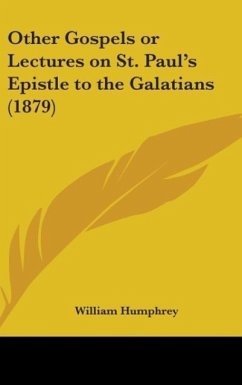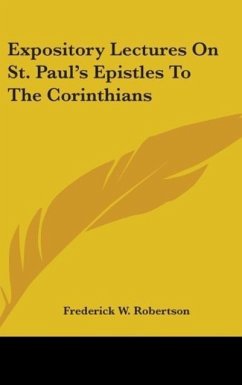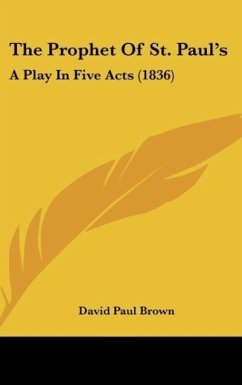Having passed so much of his time of late in the cathedral, Leonard began to regard it as a sort of home, and it now appeared like a place of refuge to him. Proceeding to the great western entrance, he seated himself on one of the large blocks of stone left there by the masons occupied in repairing the exterior of the fane. His eye rested upon the mighty edifice before him, and the clear sparkling light revealed numberless points of architectural grandeur and beauty which he had never before noticed. The enormous buttresses and lofty pinnacles of the central tower were tinged with the beams of the rising sun, and glowed as if built of porphyry.
Hinweis: Dieser Artikel kann nur an eine deutsche Lieferadresse ausgeliefert werden.
Hinweis: Dieser Artikel kann nur an eine deutsche Lieferadresse ausgeliefert werden.








